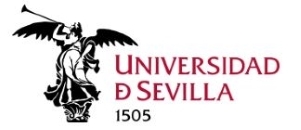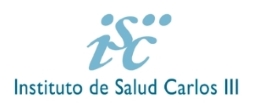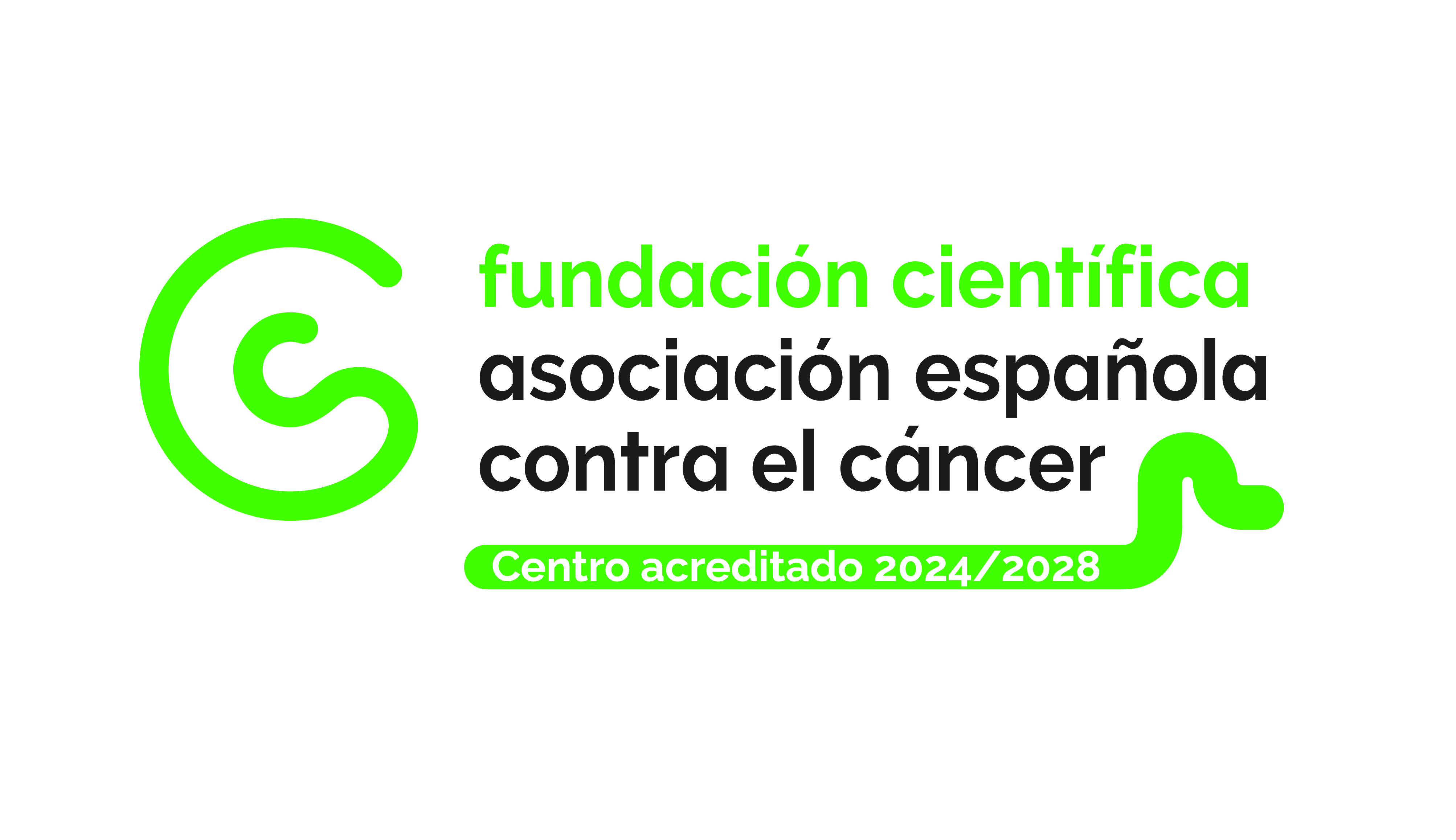- A recent study conducted by the SeLiver group at the Institute of Biomedicine of Seville (IBiS) led by Dr. Manuel Romero, has demonstrated the possibility of using liver-derived markers present in the blood as a non-invasive method to detect and assess the severity of non-alcoholic fatty liver disease (NAFLD) from a blood sample. Until now, tests involved a liver biopsy.
- The study, published in the journal Liver International, has also been selected as the best of the American Association for the Study of Liver Diseases (AASLD) 2022 Congress.
Sevilla, June 15th, 2023
The research demonstrates the possibility of using EpCAM+ CD133+ extracellular vesicles as biomarkers for the severity of the disease or the transition from steatosis to steatohepatitis in a non-invasive manner. The study analysed samples from 130 patients with NAFLD from the Virgen del Rocío University Hospital and the University Clinical Hospital of Valladolid, who were previously diagnosed by liver biopsy, to corroborate its diagnostic capacity.
The research also involved collaboration with Prof. Javier Cubero from the Complutense University of Madrid and Dr. Javier Vaquero from the Gregorio Marañón Hospital in Madrid, who, along with the SeLiver group, belong to the for Liver Diseases and Digestive Disorders (CIBEREHD). A murine model with transgenic mice was used in the collaboration to confirm the hepatic nature of these extracellular vesicles.
The study was recently published in the prestigious journal Liver International and was presented at the American Association for the Study of Liver Diseases (AASLD) 2022 Congress. It was selected as the best of the liver meeting in the basic and translational research category of the event, with Dra. Rocío Muñoz as the first author..
In search of a non-invasive diagnostic test
“So far, there is no biomarker [a molecule or substance acting as an indicator] for the diagnosis of steatohepatitis, and liver biopsy remains the only diagnostic method,” explains Dra. Rocío Muñoz, postdoctoral researcher from the SeLiver group at the Institute of Biomedicine of Seville (IBiS), who leads a research line on the use of extracellular vesicles as biomarkers in non-alcoholic fatty liver disease (NAFLD).
“Biopsies are invasive tests with a high cost and potential complications,” continues the expert. “Hence, the need to search for prognostic and diagnostic biomarkers.” According to the experts, this is particularly relevant in the case of NAFLD because it is not only necessary to diagnose the disease but also to evaluate the prognosis as early as possible in order to take appropriate measures if necessary.
The research teams have investigated the possibility of using extracellular vesicles for this purpose, avoiding other more invasive tests. These vesicles are structures derived from cells that are released into the bloodstream, carrying various substances throughout the body. They function as cellular messengers and carry certain protein-based molecules on their membranes, which the body can identify. Two of these molecules, known as markers, are the focus of the research.
"EPCAM and CD133 are specific markers [...] involved in the development of liver cancer," points out the expert. According to her explanation, hepatocytes, or mature liver cells, are responsible for repairing and regenerating the liver. However, when the damage exceeds their regenerative capacity, hepatic progenitor cells come into play. These cells release into the blood these extracellular vesicles labelled as EpCAM+ CD133+ (named so because these markers are detected on them).
“We have observed that these vesicles increase significantly in the presence of inflammation, meaning they are more abundant in patients with steatohepatitis compared to those with simple steatosis,” continues the doctor. In other words, the appearance of these vesicles is directly related to the activity of cells that “work” when the liver damage is extensive, pointing towards NAFLD. “This demonstrates the utility of these EpCAM+ CD133+ extracellular vesicles as biomarkers for the severity of the disease or the transition from steatosis to steatohepatitis.”
“This new biomarker [EpCAM+ CD133+ extracellular vesicles] would allow for the non-invasive diagnosis of steatohepatitis,” says Sheila Gato, predoctoral researcher from the SeLiver group at IBiS and co-author of the article. “For now, standardization of the processing and determination of these vesicles is still needed, followed by implementation in routine clinical practice.”
Reference:
DOI: http://doi.org/10.1111/liv.15604
Images:
Image 1. Expression of EpCAM and CD13 in hepatic tissue of a patient with non-alcoholic fatty liver disease, with a bottom corner representation of an electron microscopy image of extracellular vesicles isolated from patients' blood.
Image 2. (From left to right) Rocío Muñoz, Manuel Romero, and Sheila Gato. SeLiver Group.
-----------------------------------------------------------------------------------------------------------------------------------------------------
About IBiS
The Institute of Biomedicine of Seville (IBiS) is a multidisciplinary center focused on (1) carrying out fundamental research on the causes and mechanisms of the most prevalent pathologies in the population and (2) the development of new methods to diagnose and to treat diseases.
El IBiS is made up of 42 consolidated groups and 42 affiliated groups led by researchers from the University of Seville, the Spanish National Research Council (CSIC) and the Virgen del Rocío and Virgen Macarena University Hospitals and Valme, organized around five thematic areas: Infectious Diseases and Immune System, Neurosciences, Onco-hematology and Genetics, Cardiovascular Pathology, Respiratory / Other Systemic Pathologies and Liver, Digestive and Inflammatory Diseases.
IBiS depends institutionally on the Department (Consejería) of Health and Consumption of the Junta de Andalucía; the Andalusian Health Service (SAS); the Department (Consejería) of University, Research and Innovation; the University of Seville and the Spanish National Research Council (CSIC). It is managed by the Public Foundation for the Management of Health Research in Seville (FISEVI).
More information:
Angeles Escudero
Unidad de comunicación| UCC+i
InstitutodeBiomedicinadeSevilla - IBiS
Campus Hospital Universitario Virgen del Rocío
Avda. Manuel Siurot s/n
41013 Sevilla
Tel 682730351
Email: comunicacion-ibis@us.es














